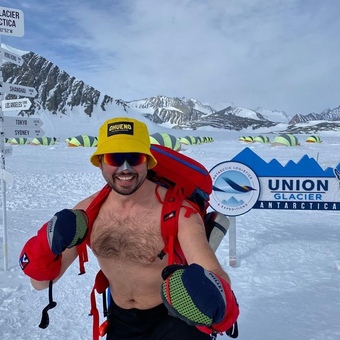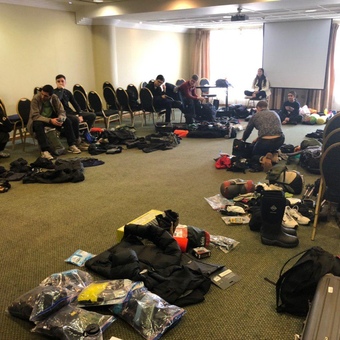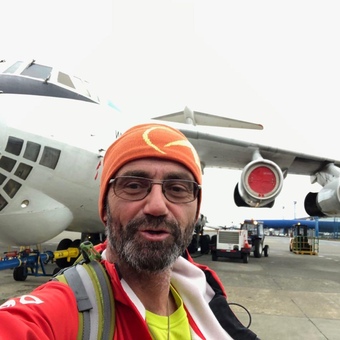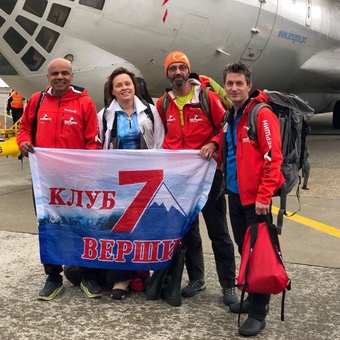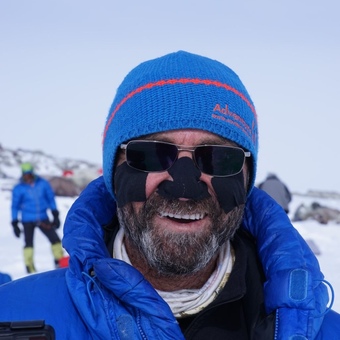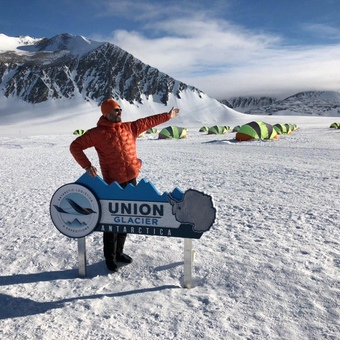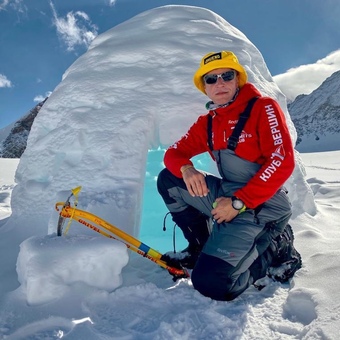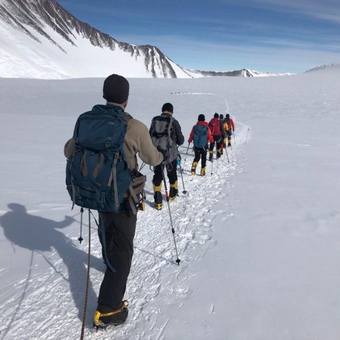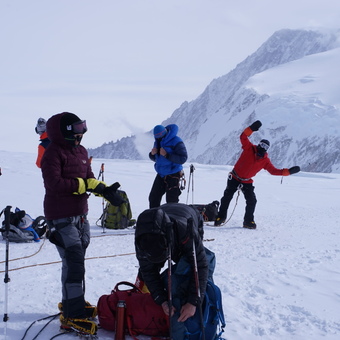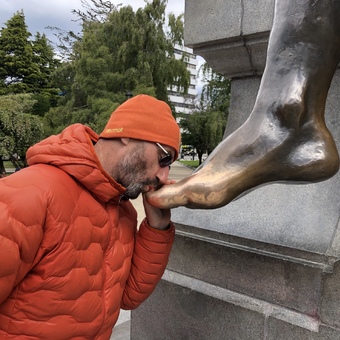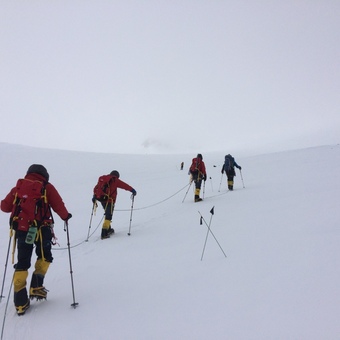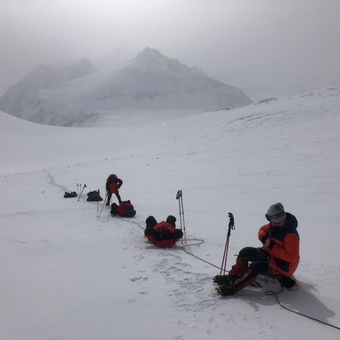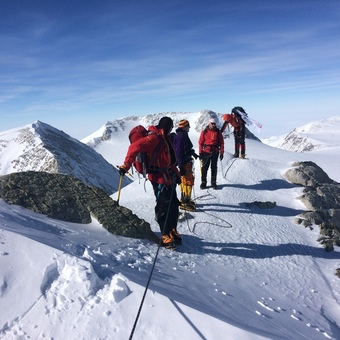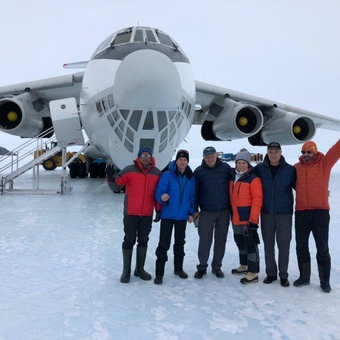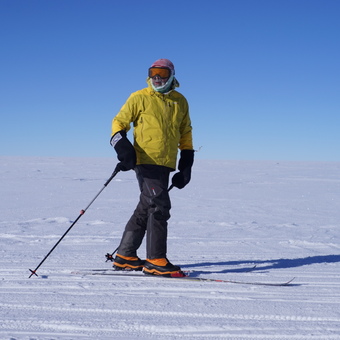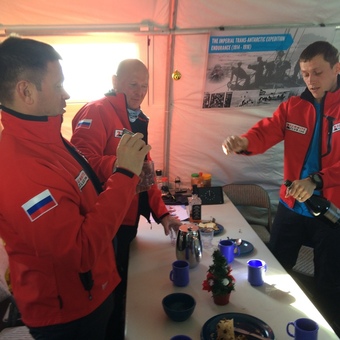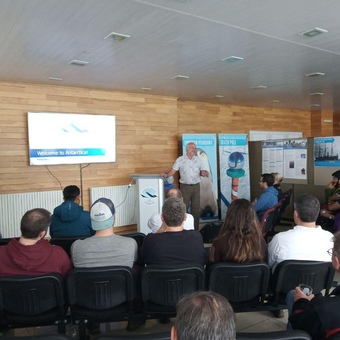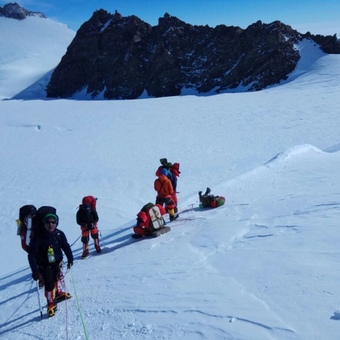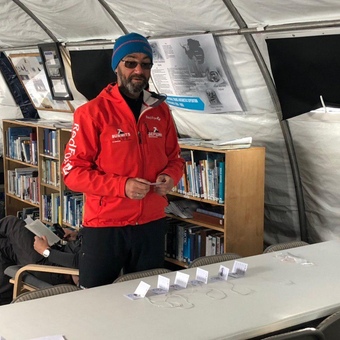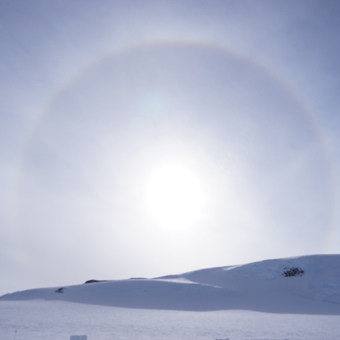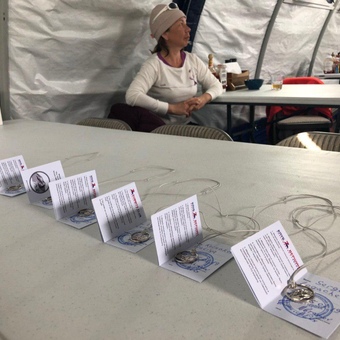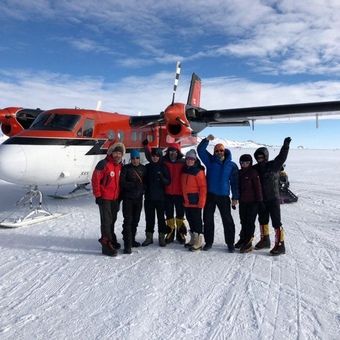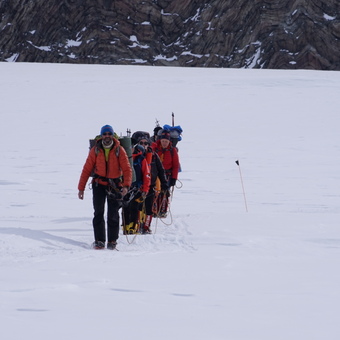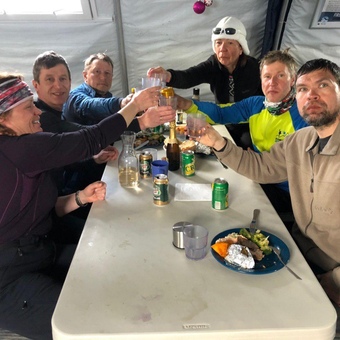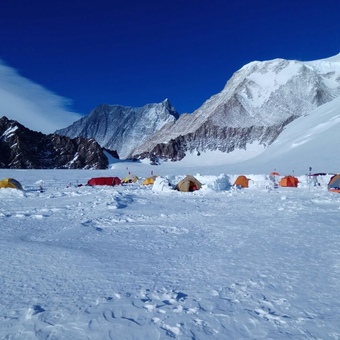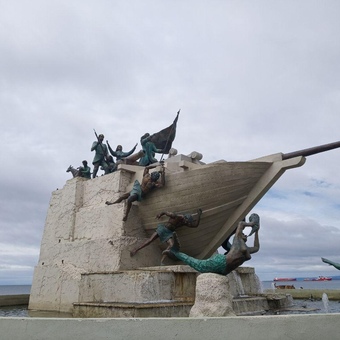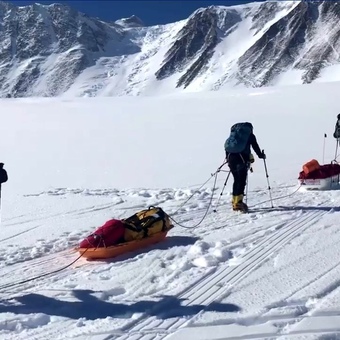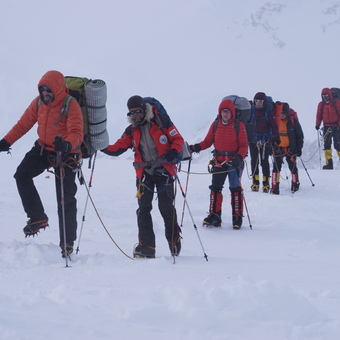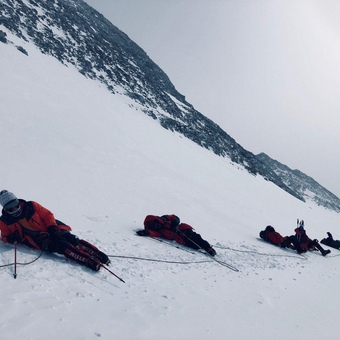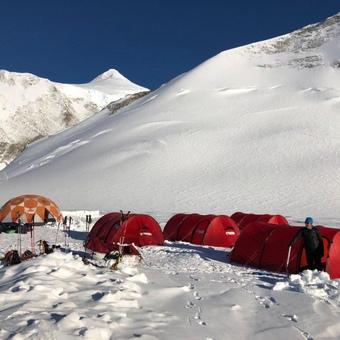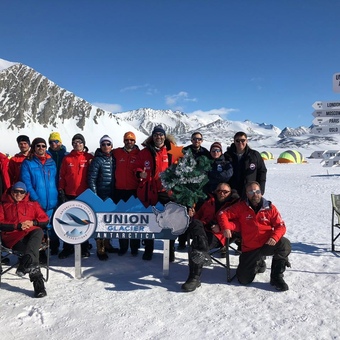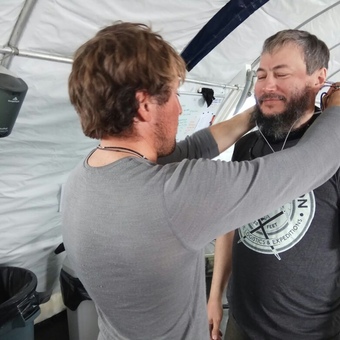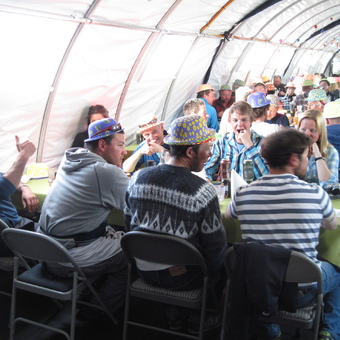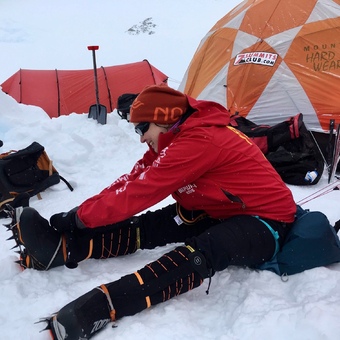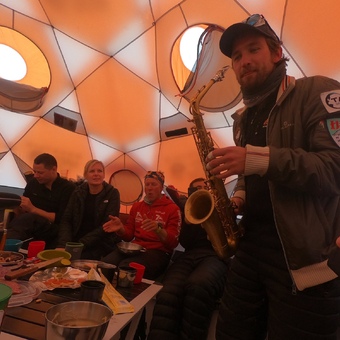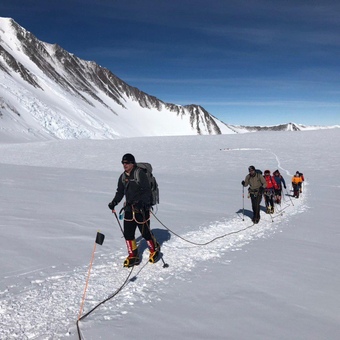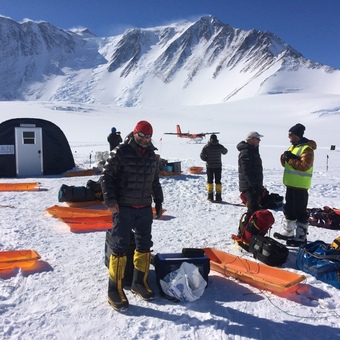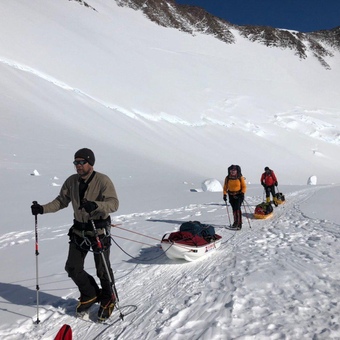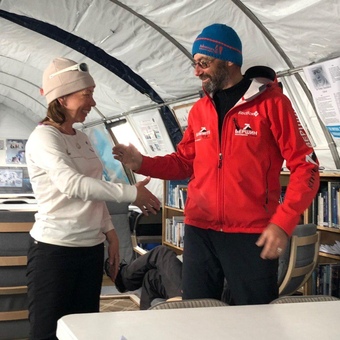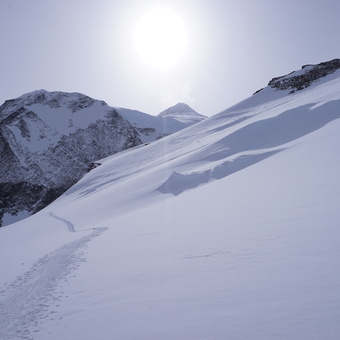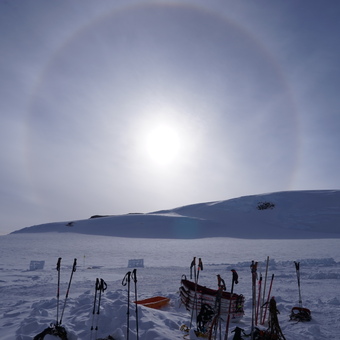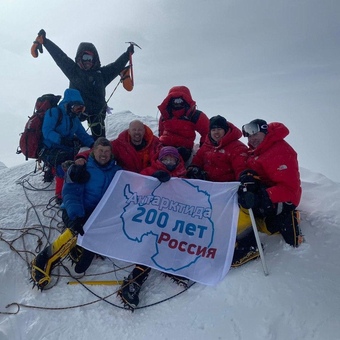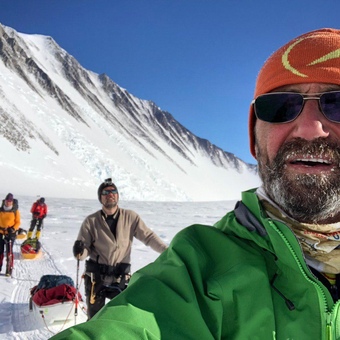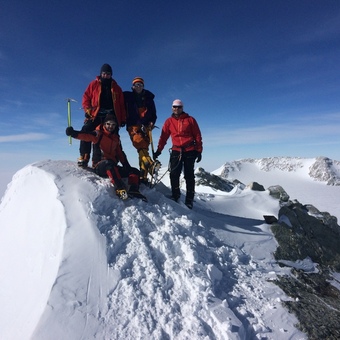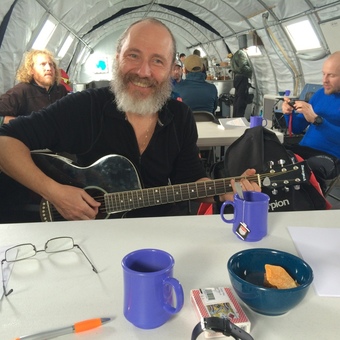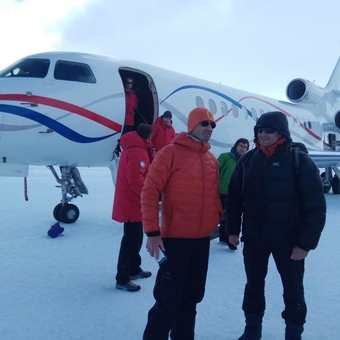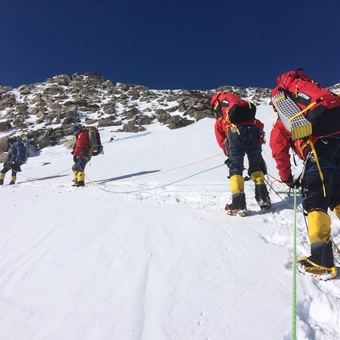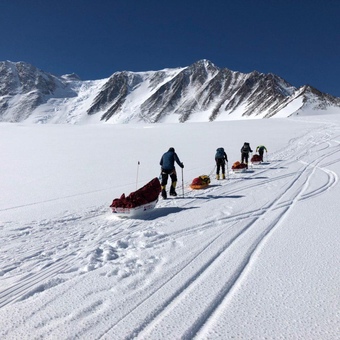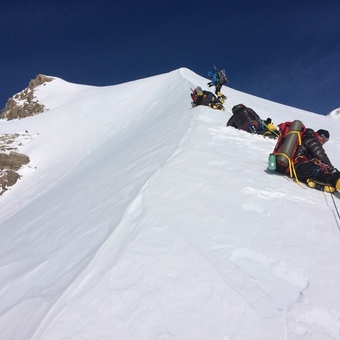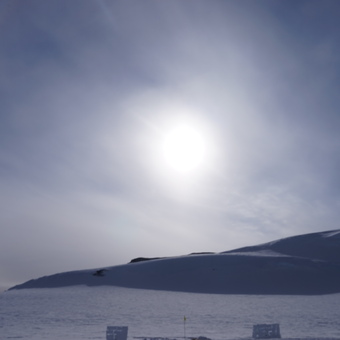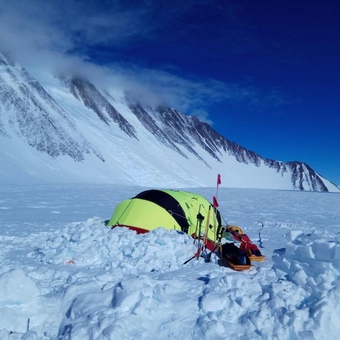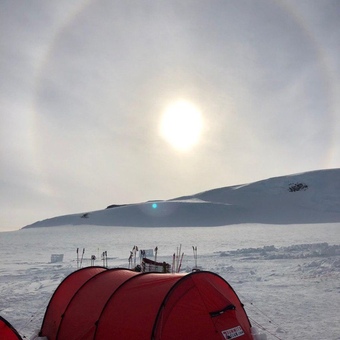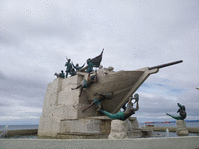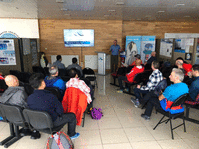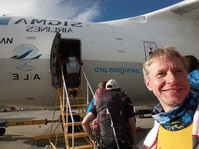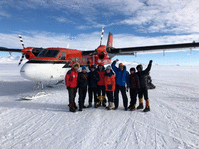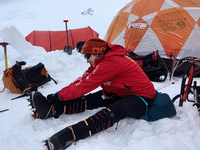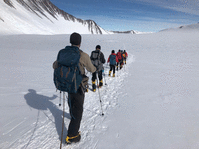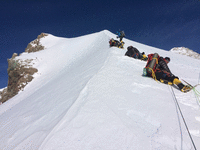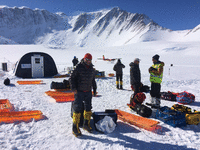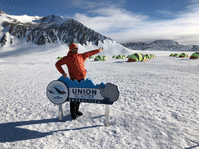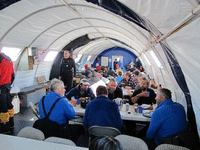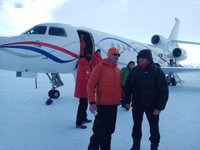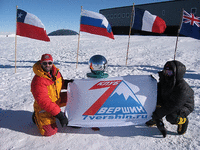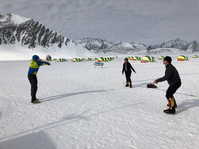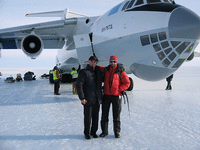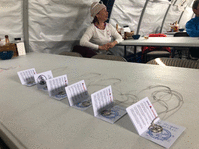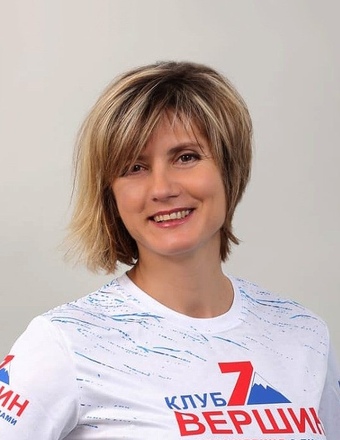COMBO! Climbing the Vinson Massif + South Pole "Last Degree" (skiing 111km to the South Pole). Antarctica
In this magnificent land of wide open landscapes, majestic beauty and rugged tales of exploration, we introduces the challenging expedition-style program, Ski Last Degree. Ski Last Degree captures the essence of polar exploration in a 2-3 week trip. It is ideal for those who want the serious challenge of a polar expedition, but do not have the time or resources to commit to a full-length expedition from the coast.
Deposit for reservations 10 000 $
Full payment 120 days before
No refund if you cancel less than 120 days!
Price includes
Meeting and seeing off in Punta Arenas (PA), Chile.
Hotel reservations in Punta Arenas.
Obligatory briefing before the departure to Antarctica.
Flights PA – Union Glacier (UG) and back by Ilyushin-76 plane
Local flight Union Glacier - BC Vinson - Union Glacier
Local flight Union Glacier - 89 SP / 90 SP - Union Glacier
Food and lodging in Antarctica.
Group equipment for the climb.
Skiing equipment (ski, sleigh and ski poles)
Climbing guide and supporting staff including a doctor for the whole trip.
Luggage allowance (25 kg on all flights in Antarctica).
Top climb medal
Team jacket (Polartec&Windbloc) with 7 summits Club logo.
T-shirt with 7 summits Club logo
Price does not include
Chilean multiple entry visa (when we leave for Antarctica, you are going through immigration and officially leaving Chile and will, therefore, need another visa to re-enter after the climb.)
International flights to Punta Arenas, Chile (IATA code: PUQ).
Accommodation and meals in Punta Arenas (we will reserve any hotel you like, but you are responsible for the costs).
Personal camping and climbing clothing and equipment.
Ski boots
Extra expenses in Punta Arenas due to flight delays before or after the expedition.
Extra expenses due to an early return from Antarctica for whichever reason.
Excess weight, over 25kg (which includes hand luggage!); excess weight is currently charged at USD $ 77 per kilo (!)
Medical and evacuation insurance covering climbing to 5000m (with at least 300,000 USD in coverage)
Antarctica, South Pole, Vinson (4892m), Mountaineering, or see cheaper option »
Trip overview
Santiago, Chile - Punta Arenas - Union Glacier -
89 SP - 90 SP - Union Glacier - Vinson Massif Base Camp – Summit - Vinson Massif BC –
Union Glacier – Punta Arenas - Santiago, Chile
Why go there?
An expedition to Vinson Peak is often called the “Key to the 7 Summits”. The mountain itself does not present serious technical problems, but it is very difficult to even reach it. Mount Vinson is very remote and therefore any expedition is very expensive. The rewards is great: climbing the highest summit of Antarctica is an incredible experience in itself and for many the final step to reaching their 7 summits goal.
A trip to Vinson Massif is exceptionally interesting, beautiful and prestigious. So far very few people have done it and for most, it is the highlight of their "7 summits quest".
Our program starts in Punta Arenas (Chile). From there, a special Ilyushin-76 aircraft takes us to the Union Glacier camp in Antarctica and lands on the ice (with wheels).
From the Union Glacier camp, a small ski-equipped plane brings us to Vinson Massif Base Camp (BC), where we pitch our tents. From here we start the ascent of Mount Vinson, using another 2 intermediate camps before attempting to reach the summit of Mount Vinson, the highest point of Antarctica.
Antarctica is an extremely cold place, even in summer, but as compensation, we will have sunlight all day and night, so 24-hours daylight! You will not need head torches and can save on batteries.
We recommend that you arrive in Punta Arenas (Chile) at least 3 days before the official start of the expedition, so you will be ready for a quick departure to Antarctica. Due to the very unstable weather in the area (we fly over the infamous Drake Passage), our flights cannot be definitely planned in advance; the date and flight time is determined by the weather. Sometimes we leave early, but often there are delays as well. The waiting should not be too long (1-3 days), but rare delays of 10 days have been recorded.
Description of the region:
The Vinson Massif is a part of the Sentinel Range (Ellsworth Mountains), lying in the west of Antarctica and overlooking the Ronne Ice Shelf. Discovered in 1935 by the American explorer Lincoln Ellsworth, it is the highest massif on the continent and the highest peak of Antarctica is Mount Vinson - 16,066 ft or 4,897 m.
Note that the itinerary below is just a guideline. We will adapt it as needed depending on weather conditions, acclimatisation of the team members etc. The flights could be combined on the same day if needed, more time could be spent in some camps or alternatively, the expedition can be much shorter if all goes well and you could be back in Chile ahead of schedule.
In this magnificent land of wide open landscapes, majestic beauty and rugged tales of exploration, Adventure Network International introduces the challenging expedition-style program, Ski Last Degree. Ski Last Degree captures the essence of polar exploration in a 2-3 week trip. It is ideal for those who want the serious challenge of a polar expedition, but do not have the time or resources to commit to a full-length expedition from the coast.
This incredible journey allows you to experience at first hand some of the challenges and insights that faced the early explorers, as you travel by ski the last 60 nautical miles, to reach the most southerly point on earth - the Geographic South Pole. The rewards for your effort are tangible - the bonds of friendship built through shared challenge and the knowledge that you have arrived at the ultimate destination, the South Pole, through your own effort and determination.
Good advice
- Shared equipment for BC (provided by 7 Summits Club)
- Mess-tent
- Tents (2-3 members to a tent)
- Kitchen utensils (gas-stoves, pots and pans)
- Satellite phone (5 USD per 1 minute)
- First-aid kit
- Solar battery
Personal gear:
- Backpack (40-50 liters)
- Thermos
- Photo camera
- Video camera and accessories
- Down or synthetic fibers filled parka with a large hood (with secure fixing), good for -40°C, -40°C. Our suggestion: “North Face Baltoro” or “Marmot 8000 M. Parka”
- Breathable windproof jacket with large hood and pockets (Gore Tex is not recommended!). We suggest “Wintergreen Designs Anorak”. You can sew a long-fur ruff to the inside edge of the hood, which will keep your face reasonably warm even in strong wind.
- Breathable windproof pants with full side zips: UN-coated Nylon, Pertex, or Ventile (windproof cotton). Gore Tex not recommended! One-piece wind suit will do as well, but it must have a drop seat or a circle zip for toilet use.
Layers:
- Set of lightweight thermal base layer, top and bottom. Merino wool, Capilene, or other high-quality synthetic. A zipped T-neck is best for the top. Our suggestion: Patagonia, North Face, Marmot, Icebreaker brands. No cotton!
- Set of expedition weight thermal base layer, top and bottom. Wool or synthetic, the same brands as above.
- Pair of fleece or pile skiing pants, made of Polartec 200 or Softshell fabric. A one-piece suit must have a drop seat or center zip for toilet use. Arc’teryx, North Face, or Mountain Equipment Coop.
Mid-weight wool, pile, or fleece sweater, made of Polartec 200. - Warm fleece jacket with pockets (the latter are a must!). Polartec 200-300, “Puffball” or “Softshell”. Our suggestion: Arc’teryx Gamma MX hoody, Patagonia Houdini, or North Face Denali.
- Thick wool or wool or wool blend socks – 4 pairs
- Thinner wool or synthetic liner socks – 2 pairs
- Pair of vapour barrier socks. Our suggestion: Black Diamond or Climb High.
- Pair of insulated down or synthetic camp booties with non-slip soles, for short outings from the tent.
- Windproof fleece hat with good ear flaps and preferably a built-in visor: Columbia or Outdoor Research.
- Lightweight wool or fleece hat as a reserve
- Fleece neck warmer. This can double up to give a variety of ear, face and neck protection, or be used as an eye shade (24 hour sunlight in Antarctica). Buff brand “Polar Buff” works well.
- Lightweight fleece or synthetic balaclava
- Pair of windproof, breathable over-mitts (no Gore Tex!). We suggest Lilisport brand.
- Fleece or wool mitts to fit inside windproof over-mitts – 2 pairs
- Several pairs of lightweight liner gloves
- Pairs mid-weight fleece or wool gloves – 2 pairs. Liners should fit inside and both should fit inside over-mittens.
- Pair of 100% UV protective sunglasses with a safety cord and side flaps. No metal frames!
- Pair of good quality ski goggles with extra lens
- Neoprene face mask or Outdoor Research Gorilla Mask.
- Handkerchiefs or bandanas for your nose (low temperatures will make it run continuously)
- Expedition weight sleeping bag (good for -40°F, -40°C), down-filled preferably. Get a full length mummy bag with a large hood and easy fastening system. We suggest North Face Inferno or similar Marmot or Integral Designs.
Tips guidelines (important information!)
You entrust your life, health, your time and money to the guides. And the guides take this responsibility for you and for the success of the whole trip. They are doing this 24 hours per day. 10-20 USD per day is expected as the normal amount of tips for the Guides and the staff of the program. If you liked everything about the trip, please don't forget to thank them. You can give the tips directly to the Main Guide and he will distribute it among the staff; additionally, you can thank specific staff members.
Necessary travel papers (documents)
Passport with 6 months validity after the return flight.
Filled in special forms for visiting Antarctica (we will assist).
Chilean multiple entry visa if needed for your nationality.
By air and by land
The price includes all flights in Antarctica.
Return flight from Punta Arenas to Antarctica
Luggage allowance for these flights (hand + checked luggage) is 25 kg, excess luggage is $77/kg
Group equipment is divided equally among the members to carry during the ascent.
Accommodation
We can reserve any hotel in Punta Arenas for you, from 2 to 4 stars, or you can do it online yourself.
In Antarctica we stay in strong double tents, 2-3 members per tent.
Meals
We buy all the necessary food in Punta Arenas and guides cook in the mess tent in BC and in their tents on the route. The guide coordinates and assists.
White gas (4 liters per person) is provided for use in BC and in the higher camps.
Staff
One guide per 3-5 clients.
Health and medical insurance
The group will have a first-aid kit.
Each member must have medical insurance that covers altitude (5000m), 'dangerous sports' and evacuation with a coverage of at least 300,000 USD.
Weather
Antarctic summer: when it is sunny the temperature inside a tent is from 0°C to +15°C. Snow storms are frequent; then the temperature can quickly drop to -35°C. Near the summit it can be -40 degrees Celsius/Fahrenheit.
Extra expenses
Hotel in Punta Arenas USD $100-150 per day
Meals in Punta Arenas USD $50-100 per day
Luggage over 25 kg (including hand luggage) – 70 USD per kg
Internet, phone
At Union Glacier Camp you can buy airtime on shared satellite phones or you can bring your own. The guide will have a satellite phone for emergency only, but you can use it against a per-minute fee.
Possibility of renting personal equipment
Please let us know well in advance if you need to rent any gear. The shops in Punta Arenas have limited choice and stock.
- We have the biggest record of orginizing many commertial technical and altitude expeditions.
- Our guides are highly experience with guide work on many serious climbs all over the world.
- We offer the best accommodation and food conditions. Your personal needs any special kinds of food will be considered.



